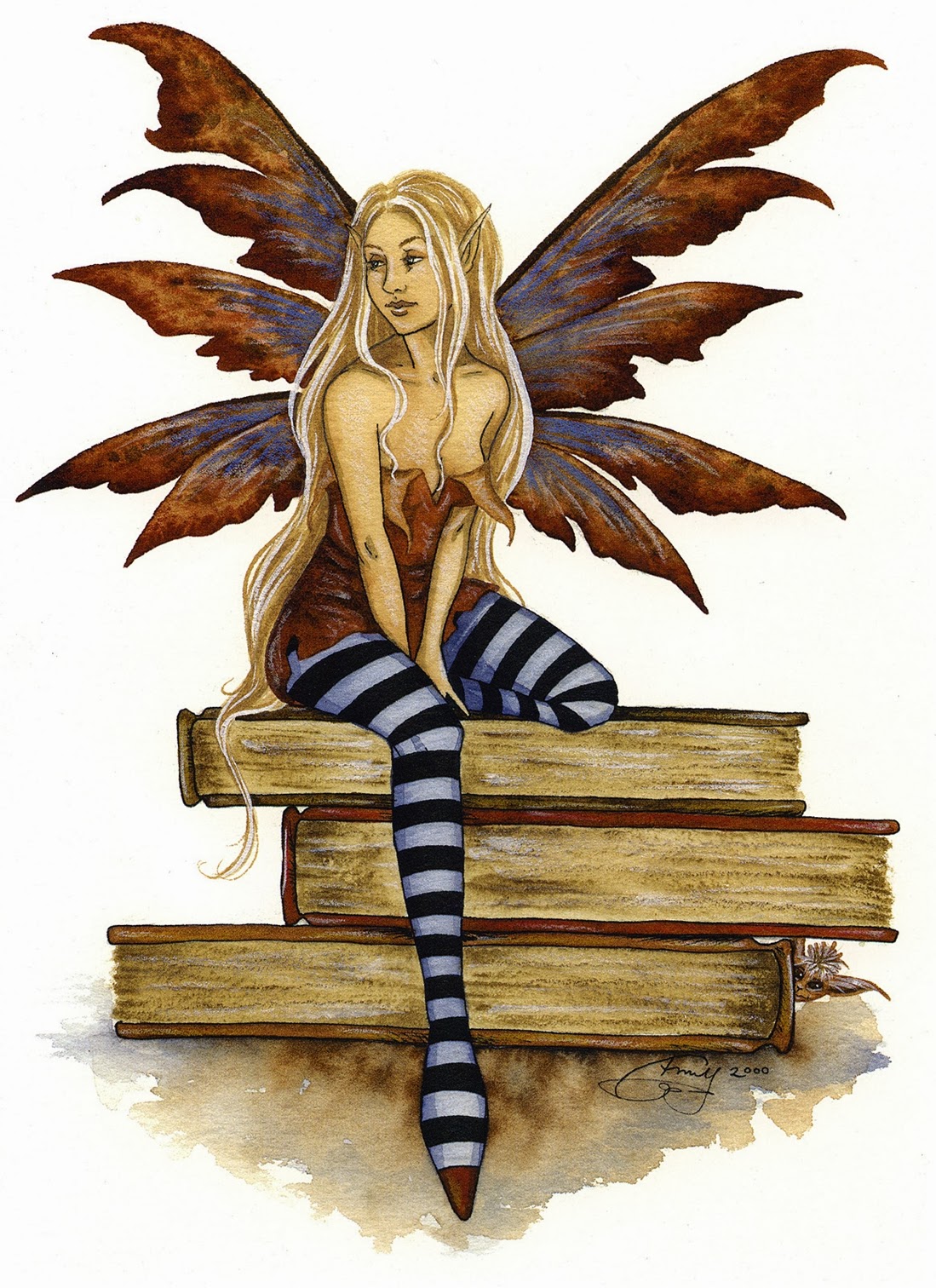The Samuel Kress Collection encompasses more than 3,000 works of European art, and is distinguished for its abundance of Italian Renaissance paintings.
The Collection was donated to scores of regional and academic art museums throughout the United States between 1929-1961, with the single largest donation reserved for the National Gallery of Art in Washington D.C. | © Samuel H. Kress Foundation, New York
Tintoretto | The Conversion of Saint Paul, 1544 | National Gallery of Art, Washington






.jpg)

